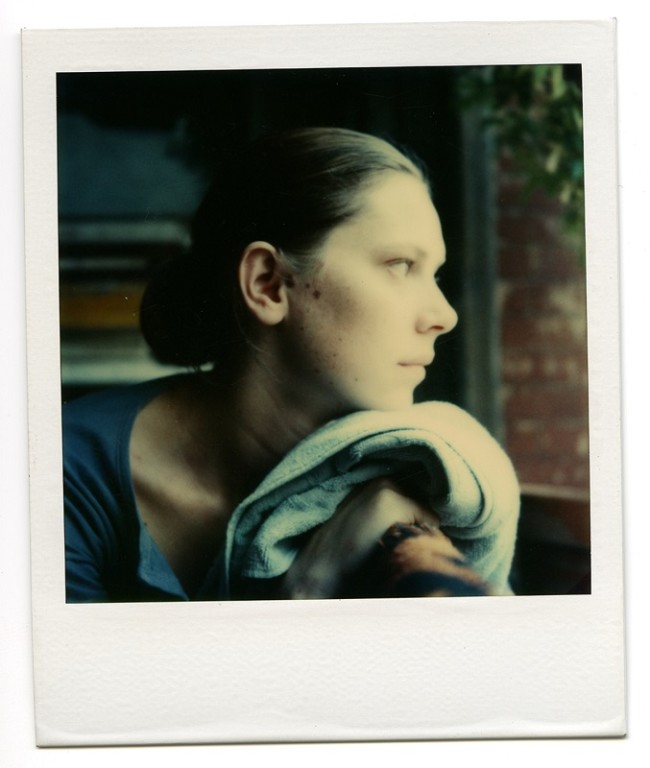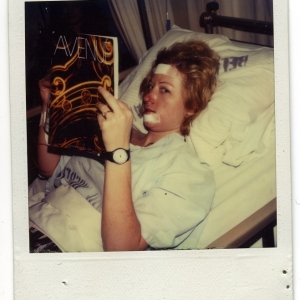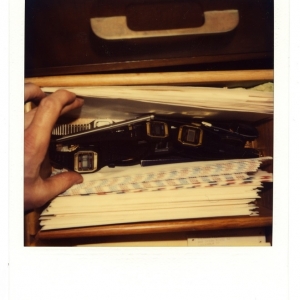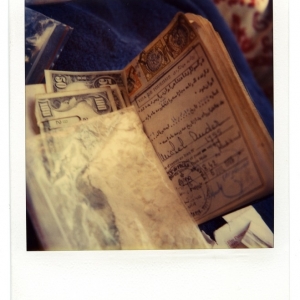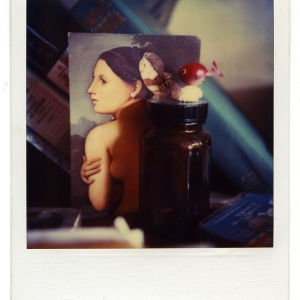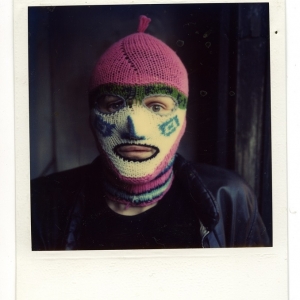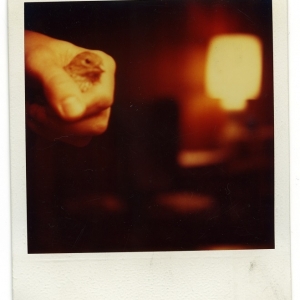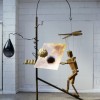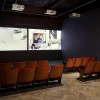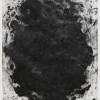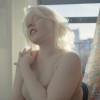These small Polaroid shots seem at first trivial and benign, lost within the stark white of the gallery. This displacement of images force the viewer to confront these shots up-close, to comprehend what is going on. The curation of the photographs exemplifies Auder’s relationship with photography and film, breathing new meaning and life into the past. The photographs are cluttered together, atypical of the geometric structure galleries and museums tend to take. This mode of displaying his photographs as such, pushes the notion forward that the narrative of his life is not a linear, Hegelian history but rather a chaotic mess, laid bare for judgement. Auder also borrows from older art historical traditions such as Flemish still life painting and portraiture, calling again to alter these past modes of production, bringing them into the contemporary.
Paralleling and strengthening the position of Auder is the looped film that accompanies these pictures in the second half of the gallery. This film seems puerile at first glance, but like Auder, is anything but. The film captures the ordinary lives of ordinary people within the homes in the most vulnerable states – unaware that they are being filmed. Auder captures people in the acts of eating, sleeping, sex, watching TV, reading and so forth. The narrative, like the photos is quite loose, allowing the viewer to create their own meaning behind what is being displayed. Whilst watching the film, a feeling of impropriety overwhelms you. Intrigued by the surroundings and the context of the people amidst them, echoed by the fuzzy, dark recording and eerie music accompanying the film.
What makes this exhibition so intriguing is ambiguity. The viewer is not given a concrete definition to understand these pictures and film, but through Auder’s investigation of film and photography he takes us on a journey not only of his life, but through a restructuring of art and artistic production. Auder is often and correctly compared to artists such as Godard and Warhol for their experimentation of film. Auder attempts to reincarnate Warhol’s efforts in film, however he celebrates more outwardly the subject of the voyeur; a voyeur is an observer, watching the beauty surrounding him or her – celebrating it. Auder celebrates this in this exhibition, not only displaying his voyeuristic tendencies, but evoking this onto the passerbyes themselves.
